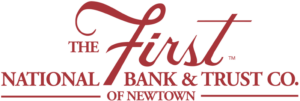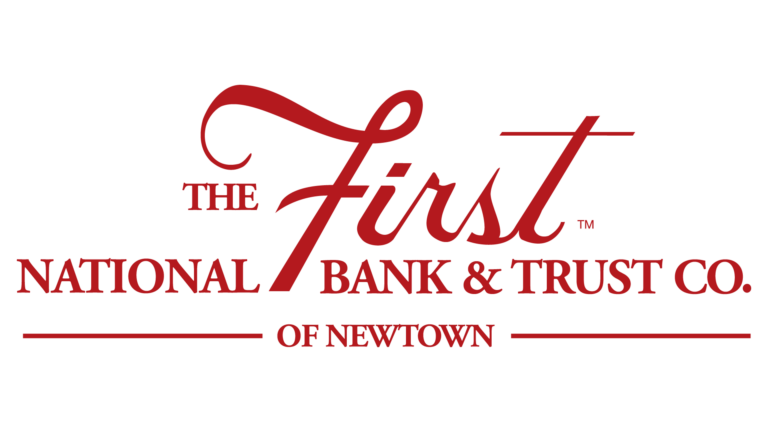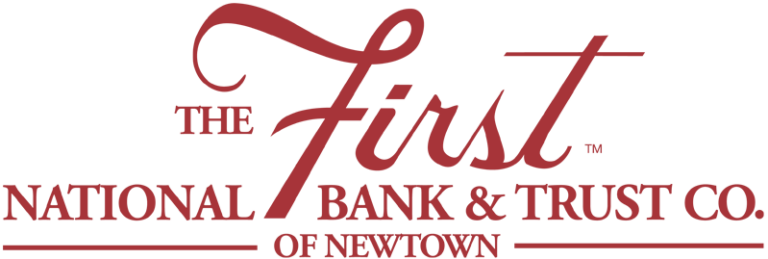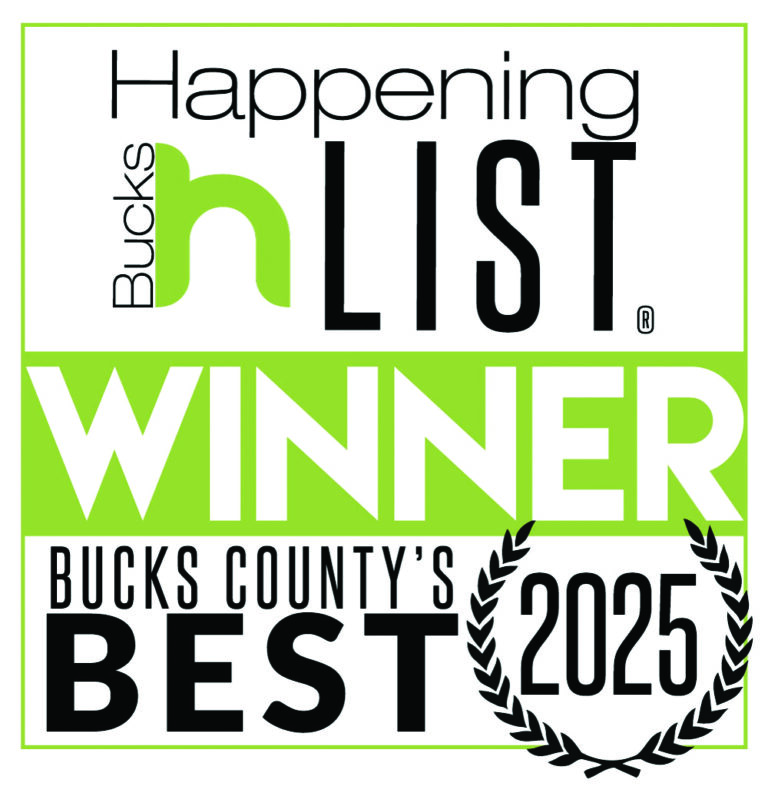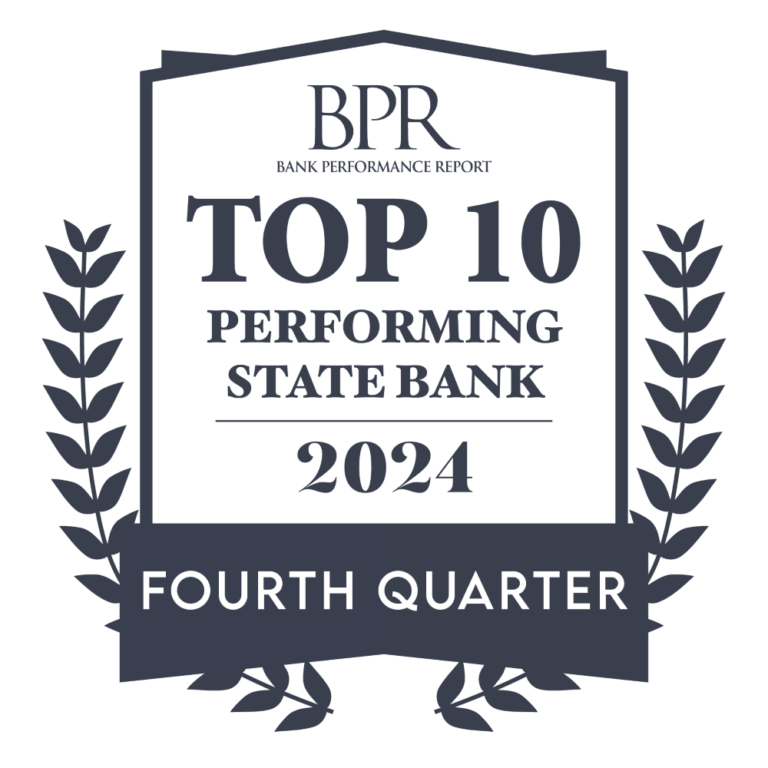About one in three Pennsylvania workers lack access to workplace retirement plans. Luckily, there are other ways to accumulate tax-advantaged retirement savings. In this article we’ll help you build retirement savings by setting goals, understanding the account options available to you, and learning how to grow your contributions. However close or far away retirement may be for you, now is the time to take a look at your current strategy and identify potential improvements.

Set personal and financial goals for your retirement
What do you want your retirement life to look like? When do you hope to retire? Set aside time to flesh out your personal hopes and dreams for the “golden years” of life, which don’t necessarily have to wait until age 65. Once you have some destinations in mind, you can create a financial roadmap to help you get there. Here are some examples to get you started:
- Desired retirement date/age
- Relocate to reduce tax burden and/or be closer to family.
- Move to smaller/lower maintenance/one-story living.
- Buy into a community care retirement community.
- Have enough saved to travel regularly in retirement.
- Use Social Security income only for living expenses.
Take advantage of any company match on your 401(k) or 403(b)
401(k) and 403(b) accounts are qualified profit-sharing plans that both employees and employers can contribute to. 401(k) plans are common in private sector businesses, whereas 403(b) plans are only for certain public school employees and ministers, as well as all tax-exempt organizations.
If your employer offers one of these two retirement plans, you can contribute up to $19,500/year (for 2020 and 2021). All contributions up to the limit are excluded from your annual taxable income. Once you turn 50, you can contribute up to $6,500 (for 2020 and 2021) in catch-up contributions beyond the regular limit.
Many people may not be able to contribute the maximum amount, but you should at least contribute enough to earn the full match if your employer offers one. The most common type of employer contribution is a percentage match, such as 3%, 5%, etc. For example, if you contribute $100 out of every paycheck, your employer would chip in another $3, $5, etc.
A note on vesting…
When it comes to employer matches for retirement accounts, check to see if your plan has a vesting schedule. This spells out the degree of ownership you have in your employer’s contributions based on how long you’ve been employed at the company. If you leave or are fired/laid off before you’re fully vested, you won’t get to take all your employer contributions with you.

Maximize your tax savings
Participating in a 401(k) or 403(b) isn’t the only way to get tax savings on your retirement account. If you don’t have access to an employer-sponsored retirement plan, you can choose from a variety of other retirement savings accounts:
- Individual Retirement Account (IRA): Offers similar benefits to a 401(k) with contributions of up to $6,000/year. The money you deposit in your IRA (up to the limit) is excluded from your annual taxable income. Learn more about Traditional IRAs from The First.
- Roth IRA: In this special retirement account, the tax savings are reversed. Make up to $6,000 in after-tax annual contributions and you’ll enjoy tax-free withdrawals in retirement. Many people like to have a Roth IRA in addition to a non-Roth retirement account. Learn more about Roth IRAs from The First.
It’s worth noting that individuals age 50 and up can also make catch-up contributions of an extra $1,000/year to IRA accounts.
The Simplified Employee Pension (SEP)
If you are self-employed or a small business owner, SEP accounts offer higher annual contribution limits than Traditional and Roth IRAs. They are also less expensive to establish and operate for your employees.
Put your savings on autopilot
Once you choose a retirement account, put your savings on autopilot by scheduling regular transfers from your paycheck or checking account to your 401(k), 403(b), IRA, or SEP. Saving on autopilot not only ensures continued growth in your retirement balance. It also spreads out risk because you end up buying when the market is both high and low.

Look for “extra” money
If you’re having trouble saving anything for retirement or simply want to get closer to those annual contribution limits, go looking for extra money in your budget. Where can you reduce your spending? Do you have skills or interests that could be turned into a side hustle for extra cash? And anytime you receive extra money, such as a holiday gift or work bonus, put it straight into your savings instead of spending it.
Use your Health Savings Account (HSA) for retirement
Speaking of employer benefits, do you have a Health Savings Account (HSA) through your job? If so, you can use your HSA account not only for qualified medical expenses but also as a way to save for retirement. With an annual contribution limit of $7,100 for a family and $3,550 for an individual, funds are 100% tax-deductible and unused funds roll over from one year to the next. Check your HSA plan details–there is generally a threshold at which you have a high enough balance to start earning interest on your HSA money. This is a way to save for healthcare costs and other expenses in retirement, as once you turn 65 your HSA money can be used for anything.
The First can help you save for retirement!
We’ve helped generations of Bucks County residents reach their retirement goals and we can help you, too. Learn more about our personal savings options or contact our highly-trained and experienced Wealth Management team for personalized retirement planning advice.

